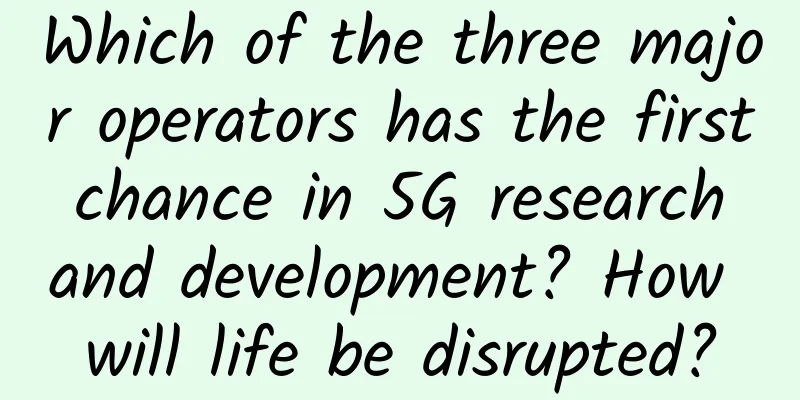The love-hate relationship between Bluetooth 5 and WiFi

|
It can be said that Bluetooth and Wi-Fi each have their own advantages: Bluetooth has lower power consumption, small size, and low cost, and is suitable for transmitting small amounts of data between several devices; Wi-Fi is characterized by high bandwidth and a larger number of connected devices (different routers have different upper limits on the number of connected devices), and is suitable for transmitting large amounts of data. However, with the popularity of the Internet of Things, Bluetooth and Wi-Fi have been upgraded one after another, and both are heading to the same battlefield - Bluetooth has been upgraded to version 5.0, which has improved the bandwidth and transmission range; Wi-Fi has launched "Wi-Fi HaLow" to reduce power consumption and extend battery life. Anyone with a discerning eye can see that the focus of the upgrade of the two is what the other party is good at - this means that the functional positioning overlaps, and there is no doubt that they will compete head-on in the consumer and enterprise IoT markets. The following focuses on Bluetooth 5 and WiFi, which work in the 2.4GHz frequency band.
1. Bluetooth 5 Bluetooth 5 has the following improvements compared to Bluetooth 4.2.
This means:
2. WiFi Comparison between 2.4G and 5G frequency bands of WiFi 1. Wider channels with relatively less congestion. The channels of 2.4G WiFi are as follows. The channels of 5G WiFi are as follows. 2. Faster transmission rate. 3. Better signal quality. Since there is less use of WiFi in the 5GHz frequency band in China, radio interference has been greatly reduced. This is only temporary and relative. However, the penetration of 5G WiFi is not as good as that of 2.4G WiFi. This means:
3. Bluetooth 5 VS WiFi
|
<<: These router phenomena must have troubled you. Take a look and learn more
Recommend
Terminals have become a major obstacle to the development of 5G
[[389800]] On March 26, China Unicom finally anno...
Leading the new trend of the trillion-dollar cloud video market, Huichang Communication was successfully listed on the Growth Enterprise Market
On January 25, 2017, Shanghai Huichang Communicat...
Does Localhost necessarily mean Localhost?
[[405743]] We often use the localhost domain name...
The relationship and difference between URL, URI and URN
URL Uniform Resource Locator (URL) is a reference...
In addition to speed, 5G can also change these aspects of your life!
5G is the hottest buzzword at the moment, and it ...
Japanese telecom operator NTT DoCoMo suffers massive communications outage, affecting 2 million users
[[429282]] On October 16, according to Nikkei Chi...
[11.11] Megalayer: US server 99 yuan/month, Hong Kong server 199 yuan/month, Hong Kong/US VPS monthly payment 9.9 yuan
Megalayer released a promotional plan for this ye...
Simple test of DogYun Korean data center elastic cloud server
The blog has shared DogYun product information se...
The basic concepts of Kafka producers, consumers, and brokers
Kafka is a publishing and subscription-based mess...
RAKsmart server flash sale starts from $30/month, 1-10Gbps unlimited traffic server starts from $149/month, VPS 50% off
This month, RAKsmart continues the previous activ...
Will your package be slowed down if you don’t upgrade to 5G? 4G network speeds of the three major operators were measured in four locations in Beijing
"China Unicom launched a 5G package for 239 ...
T-Mobile plans to provide super-capacity 5G network within three years
According to foreign media reports, T-Mobile plan...
Can IPFS become the next generation Internet protocol?
This article will analyze the characteristics of ...
IPv6 is finally going to replace IPv4, are you ready?
What to do on the weekend? The weather is so cold...
spinservers US servers start at 33% off, 100M unlimited traffic servers start at $69/month, 10Gbps bandwidth servers start at $139/month
spinservers has sent the latest 2023 US Labor Day...









